A walk to remember at the museum
When a group of strangers met at the doors of the newly renovated National Museum in Colombo recently, it proved to be one of the most entertaining museum experiences. Led by Hasini Haputhanthri, passionate museologist and history buff, Symphony in Bronze and Stone: A Walk through the National Museum, was a museum walk like no other. Starting off with a round of introductions from both local and foreign museum aficionados of all ages, the group delved into the history of the museum, its colonial roots and architecture. Hasini took them back into the shoes of Sir William Gregory, as his likeness stood tall and proud in the sun in front of his prized masterpiece, to show how he had procured the interest of the colonial powers adamantly to build a museum that would one day house the most precious and richest collections Ceylon had to offer.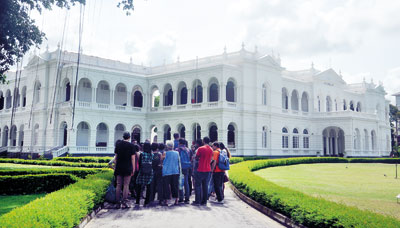
The focus of the one hour walk was upon the Bronze and Stone galleries of the museum, moving from the Anuradhapura dynasty, to the changes of art in the Polonnaruwa era and finally over to the marvels of the Kandyan kingdom. Walking alongside the Gods and Goddesses of the Buddhist and Hindu pantheon sparked debate on Buddhism, the race between India and Sri Lanka to produce the best art possible and the influence of religion on life and art. The feminine beauty of Goddess Tara, a female Bodhisatva deity of Mahayana Buddhism, captured in what Hasini deemed a “bad replica from its original splendor” brought forth conversations of how colonialism had affected countries with a rich heritage, bringing in similar perspectives from Egypt and the infamous bust of Queen Nefertiti. The group also studied the stone gallery with its collection of stone inscriptions from around the island. Engraved in ancient Sinhala, Tamil, Arabic and Chinese, the fading stone slabs fueled assumptions of what relations would have existed back in the day. Attempts were made to decipher the ancient decorative language of Kufi and Persian inscriptions with the help of Egyptian and Syrian nationals in the group, in the best spirit of cultural co-existence and friendship.
The participants also got to play the characters who were frontrunners in the museum’s history, bringing the likes of Joseph Lawton, Ananda Coomaraswamy and Sir William Gregory to life, voicing their views about the richest artifacts that are indispensable to Sri Lanka’s legacy as master sculptors and crafters through colorful flashcards. The interactive nature of the walk, bouncing ideas and facts off one another, from Sri Lankan to Syrian, Egyptian, Pakistani, Columbian and even between fellow Sri Lankans, gave the walk a zest of life and detached from what we typically (but quite mistakenly) associate museums with; monotony. The walk ended on a high note with the beautiful communion of it all: the richly decorated conch shell donned with superior bronze craftsmanship, the perfect symphony between Hindu and Buddhist art forms, in remembering the great bygone eras of the isle.
The Symphony in Bronze and Stone was a part of a series of guided “Memory walks” organized by Historical Dialogue, an online digital platform created to serve the critical discourse on historical dialogue in Sri Lanka. To join their next walk, or to know about their initiative, visit historicaldialogue.lk.
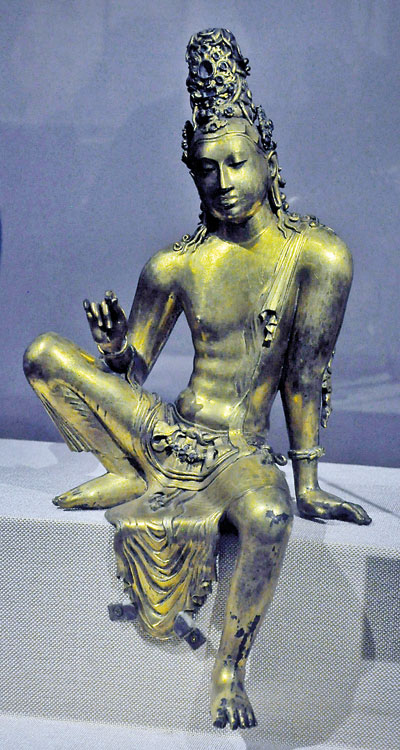
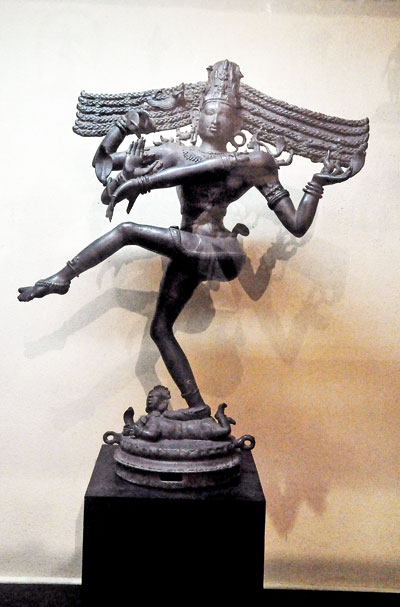

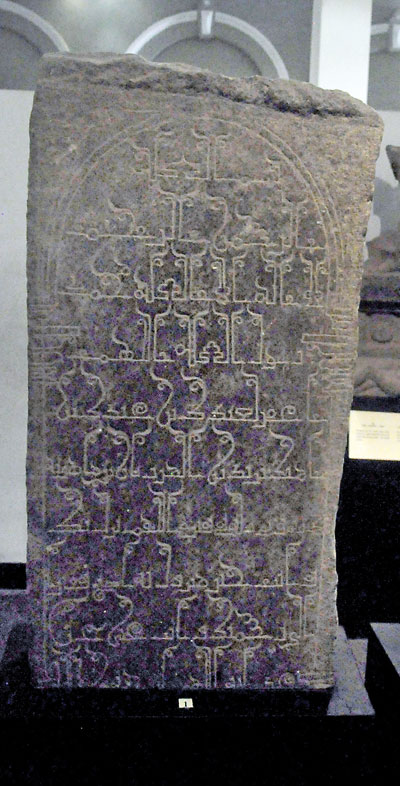
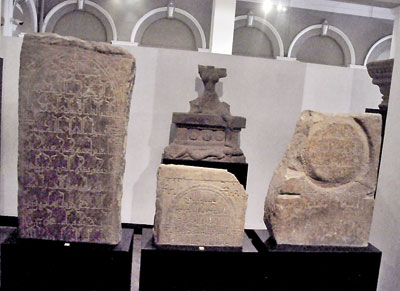
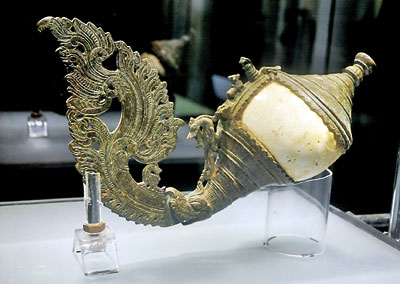
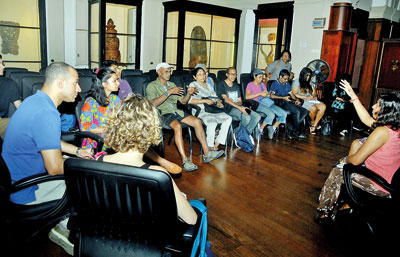
A discussion underway. Pix by Indika Handuwala


